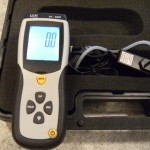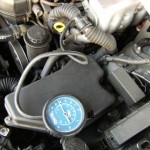A lot of car guys give the OEMs a pretty underwhelming amount of credit. However, I think what they fail to remember is that the original manufacturer, while concerned with many things we typically are not concerned too much with (noise/harshness/cost/etc), spends more money designing the heater knob in your car than most aftermarket part companies make in a decade. Seriously, they're that serious (especially the Japanese and Germans!)
In other words, despite there being some very clever tuners out there, the OEMs are usually FAR more clever (and better funded/resourced) than we give them credit for - and thus, in the right cars, they can be a great source of inspiration.
Older cars and slower cars can always look to newer and faster cars for great ideas. In this article, I'm going to show you how you can look to ingenious OEM designs to improve your own car.
Discovery
While working on Project Lexus, I was thinking about putting together an article on a cheap brake upgrade in the form of brake ducts. We'll probably do something on that in the future, but while doing a bit of research, I noticed that the IS300 actually already has brake ducts - and some rather clever ones at that!
They actually have implemented them in a way that many of you can replicate to reduce drag AND get some really effective brake cooling in the process. Continue reading

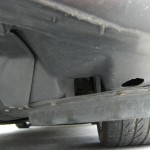
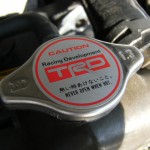


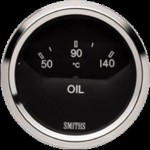 One of the things you will find if you have a oil pressure or temperature gauge is that regardless of the fact that oil is running through your engine and cooling it just like the coolant - it takes on and loses heat differently than coolant.
One of the things you will find if you have a oil pressure or temperature gauge is that regardless of the fact that oil is running through your engine and cooling it just like the coolant - it takes on and loses heat differently than coolant.
